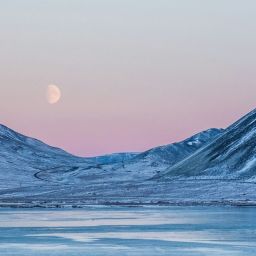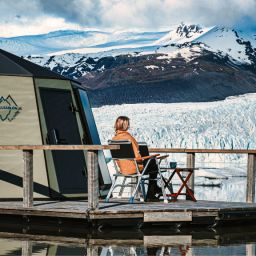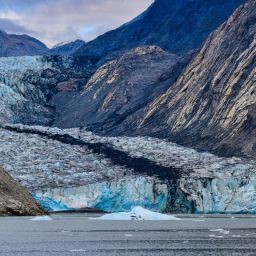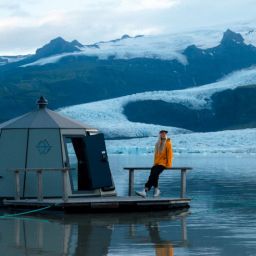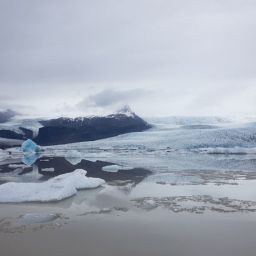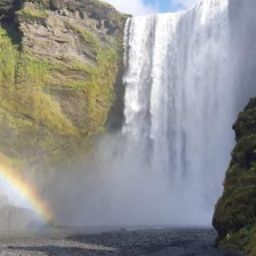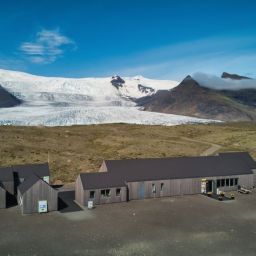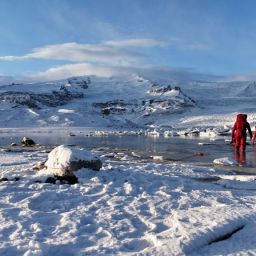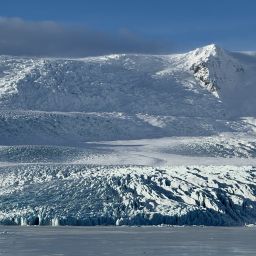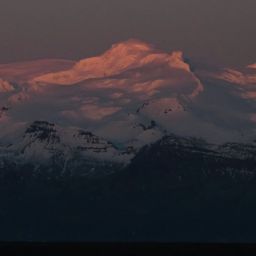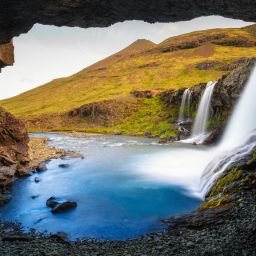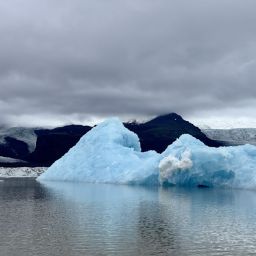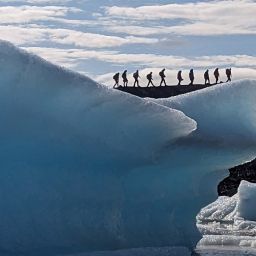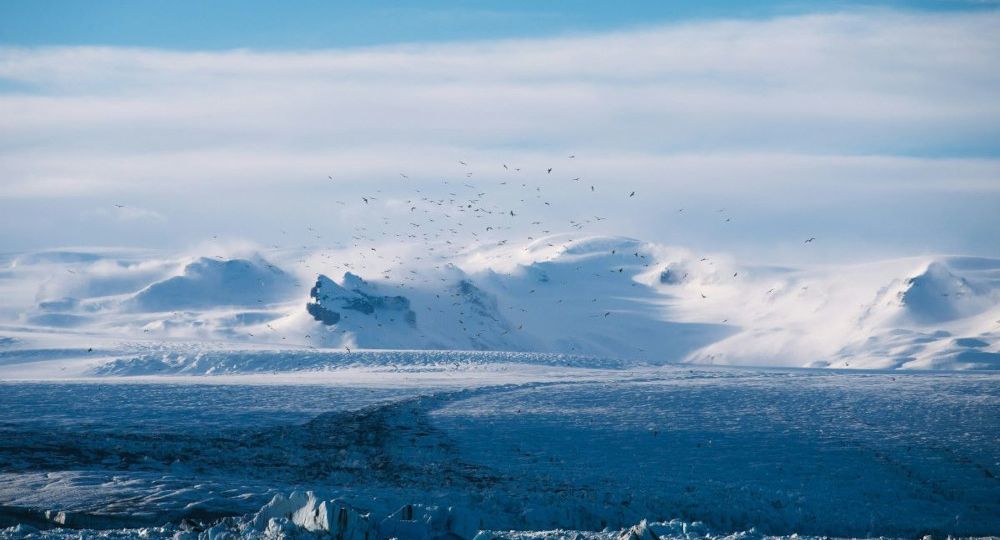
Iceland couldn’t have been better named: it is a land where you’ll often see ice, even if you visit in summer. An estimated 11% of the country is covered in the white stuff, so it’s hard to miss, especially if you’re travelling through the south of the country. That’s where you’ll find Vatnajökull glacier, the subject of this article. You’ll get a great view of it from Route 1, Iceland’s ring road, as you drive to and from Fjallsárlón lagoon. But trust us, you’ll want to get out of the car and take a closer look.
Some facts and figures about Vatnajökull
The whole ice sheet, and some areas which surround it, are protected as the country’s national park. Vatnajökull is the largest glacier in Europe by volume and the biggest in Iceland, covering somewhere in the region of 8% of the land area. In addition, it covers Iceland’s tallest mountain, Hvannadalshnjúkur, itself 2200 metres (7218 feet) tall.
And just as rivers have tributaries and deltas, so too do glaciers. When a smaller tongue of ice extends from the main glacier, we call it an outlet glacier. There are more than thirty such outlet glaciers emanating from Vatnajökull. Numerous outlet glaciers can be found on Vatnajökull as you’d expect from an ice sheet of this volume. Fjallsárlón iceberg lagoon is overlooked by Fjallsjökull, and Breiðamerkurjökull is also nearby.
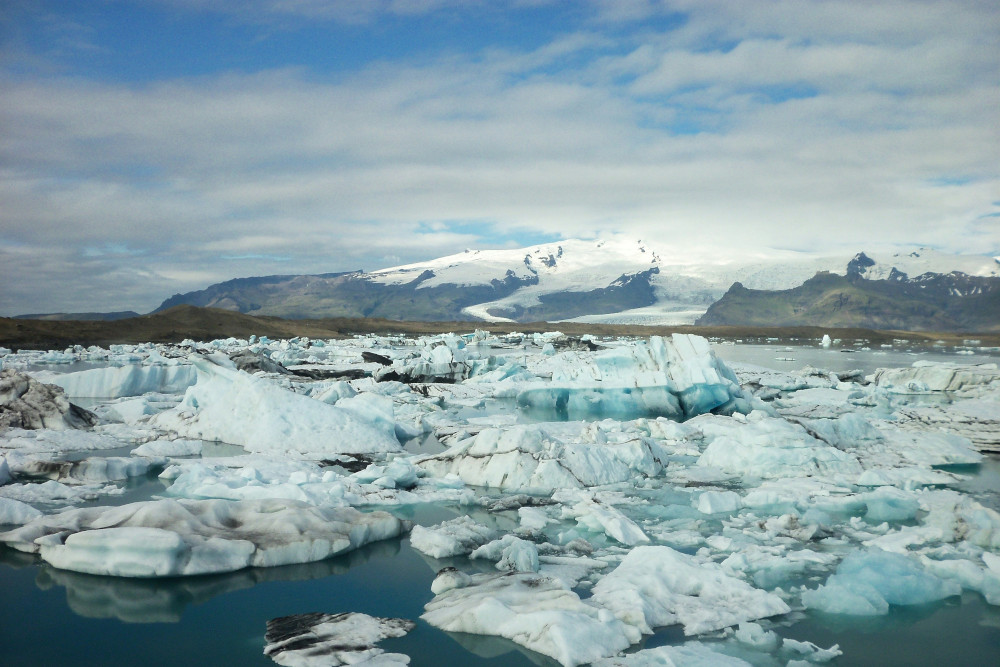
Jokulsarlon – Asile Clairette
This spectacular glacier covers a whopping 3200 square miles or 8400 square kilometres. This massive ice sheet is also mind-bogglingly thick – in fact it averages 400 metres and in places is much thicker, perhaps a kilometre in depth. Impressive though that undoubtedly is, the volume of ice peaked almost a century ago and scientists are anxiously trying to monitor the present-day glacier.
Global warming, meltwater and other hazards
As a planet, the threat of global warming is very real, so to be able to witness a glacier that is still so vast is a real privilege. But this glacier is vital in other ways. For example, it also supplies water to many of Iceland’s largest rivers, and with it the potential of supplying Icelandic homes and businesses with hydro-electric power.
That’s not to say the glacier doesn’t melt at all. In fact, there are active volcanoes beneath the surface of Vatnajökull and when they emit heat, the ice above it melts. Concealed out of sight beneath Vatnajökull’s surface are some of Iceland’s notoriously active volcanoes such as Grímsvötn and Bárðarbunga.
Even if there’s not an explosive eruption, the effects can be catastrophic. One of the very real dangers comes from a phenomenon called a jökulhlaup, a glacial flood. Thankfully, the glacier and the volcanoes that are hidden beneath it are monitored closely to keep residents and visitors safe. There’s no need to worry! Many people come to experience Vatnajökull Glacier for themselves every year and it’s one of the country’s top adventure tourism destinations.
How can you experience Vatnajökull Glacier?
If you’re keen to experience a glacier at close quarters, then we would recommend Vatnajökull. It’s possible to do a drive-by as part of a road trip, but honestly you’ll be glad you stopped and did something more interactive. Not only is this glacier convenient and easily accessible – it’s the closest glacier to Fjallsárlón glacial lagoon after all – but there are a number of ways you can interact with this vast body of ice both in summer and in winter.
– Take a boat trip on Fjallsarlon glacier lagoon
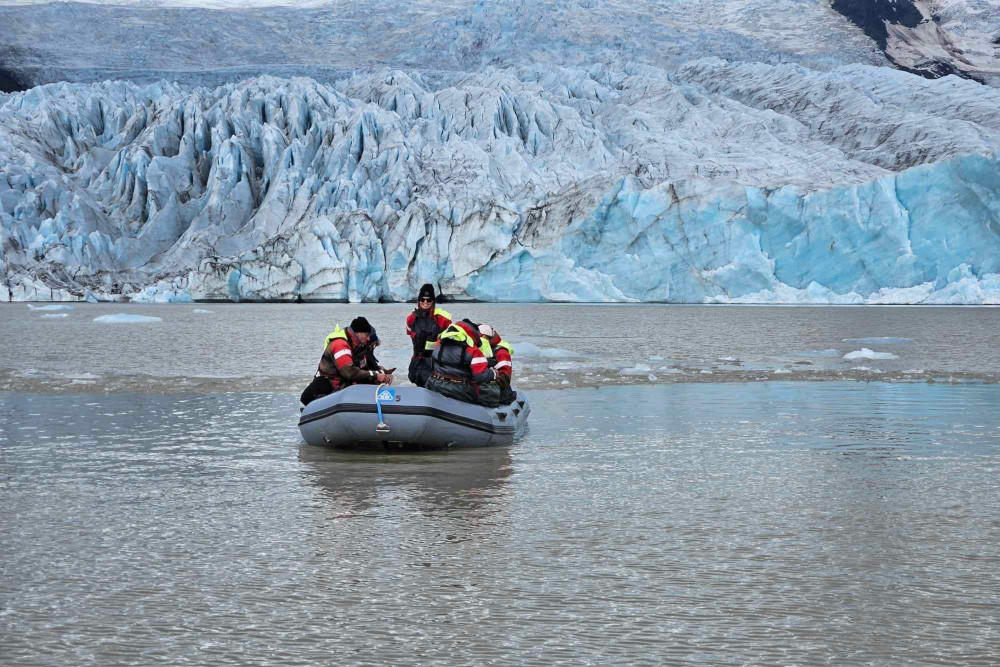
Boat tour at Fjallsarlon Glacier Lagoon
Year-round, tourists flock to the south coast to witness the sight of icebergs bobbing on breathtaking glacial lagoons. The two most popular are Jökulsárlón and Fjallsárlón. Jokulsarlon delivers icebergs down jokulsa river that then wash up on Diamond Beach which is a popular tourist attraction with nature lovers travelling the south of Iceland. The most tranquil of the pair, a chance to truly experience nature at its most spectacular, is Fjallsárlón.
Boat trips operate from late March or early April to the end of October. On a sunny day, as the light reflects off the ice, it’s a magical sight. Thanks to the small size of the boats – they have a capacity of just ten people – it’s also an intimate experience and one you’ll treasure. In fact, the Zodiac boats are little enough to be able to weave their way in and out of the bobbing icebergs. These chunks of ice have calved off the body of the glacier as it reaches the warmer temperatures of these lower altitudes. Your guide will explain how the landscape around you is formed as you drink in the view and taste the ancient ice. It requires little effort, just a five-minute walk to the boat, making this tour suitable for almost anyone, including families with school age children.
– Embark on a glacier hike with a zodiac boat tour and super jeep ride
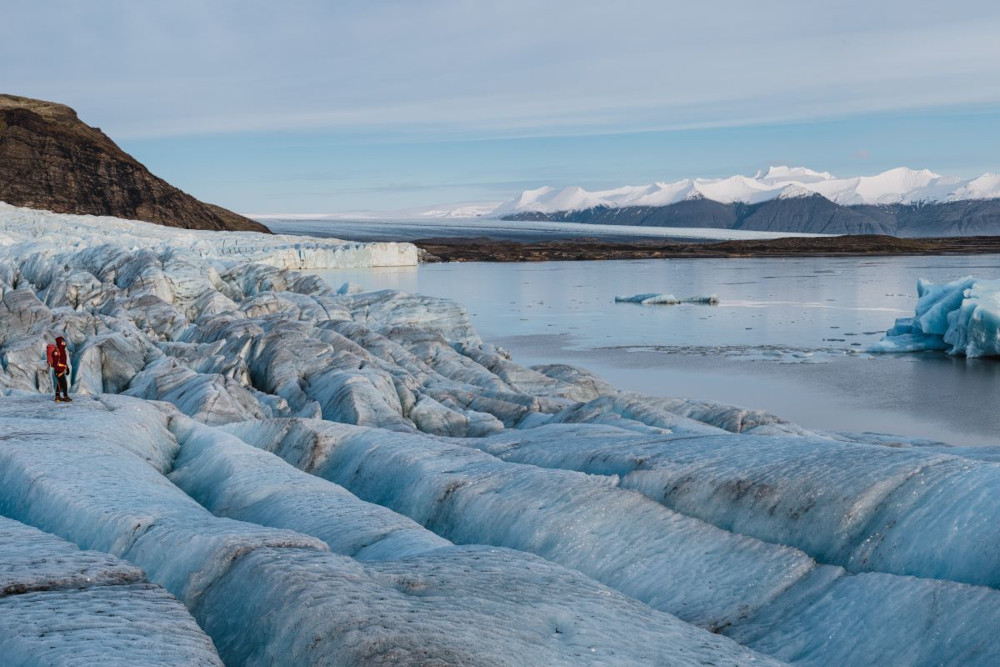
Glacier hike – Fjallsarlon Glacier Adventure
There’s nothing that compares to feeling the crunch of ice under your feet, which perhaps accounts for the enduring popularity of our glacier hikes on Vatnajökull. First, you need to get kitted out, but all this is taken care of, so you won’t need to buy the specialist gear yourself.
The tour starts by a zodiac boat tour sailing among icebergs towards the glacier. After debarking you strap on your crampons. It’s vital for getting a grip so you don’t lose your balance on the ice. You will need suitable clothing for this tour. Effective base layers, coat, hat and gloves as you will feel the chill air of this glittering landscape. It takes a little more effort than just the boat trip, but the exertion is worth it as you find yourself surrounded by ice as far as you can see. Your metal spikes provide much-needed traction on the slippery surface, enabling you to hike across its untamed surface. Striped with the black of past ash falls and streaked by cracks and crevasses formed by erosion and movement, the glacier is a constantly changing environment that will leave you mesmerised. Return transfer is by a super jeep.
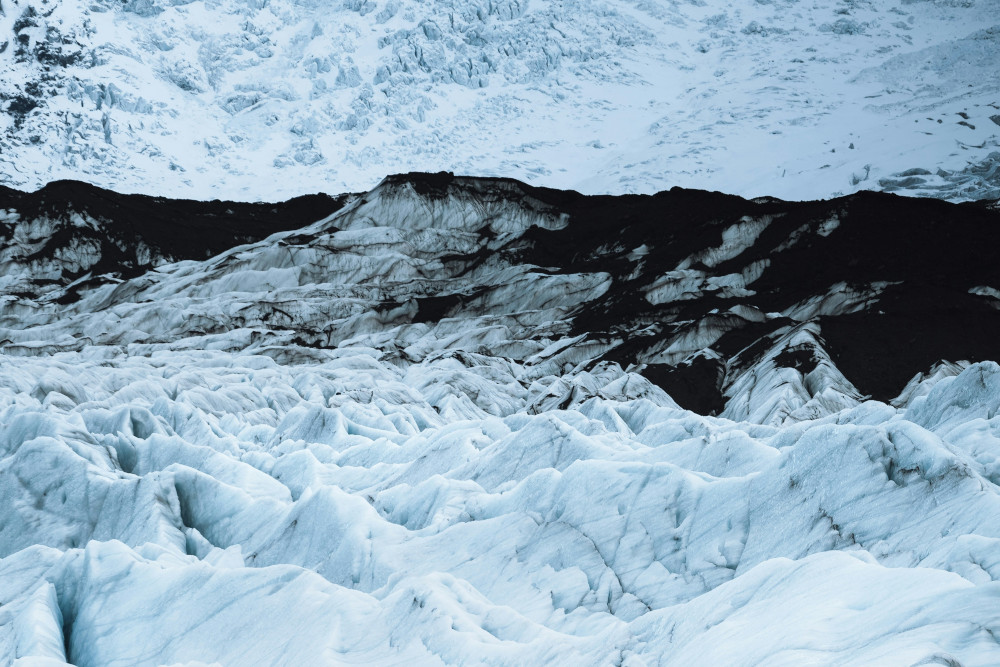
Ash and Ice – Vatnajokull – Valdemaras D.
– Explore a dazzling ice cave
Perhaps the ultimate ice experience is to step inside an ice cave. Winter brings its challenges for travellers to Iceland, not least its unpredictable weather. Nevertheless, it’s worth the gamble, because if you’re blessed with fine weather, it’s the most breathtaking time of year to visit. From late autumn to early spring, typically the plummeting temperatures stabilise the glacier, its rivulets of meltwater frozen into inertia. The result? Jaw-dropping ice caves form within the body of the glacier.
Because of its vast size, Vatnajökull is the best place in the country to experience this once in a lifetime phenomenon. You may have heard of the Crystal Cave, or the Sapphire Ice Cave, the Blue Ice Cave. It’s a fabled blue cavern deep inside the glacier. In fact, there are many such ice caves and each year they can reform in different places. For that reason, and because of personal safety concerns, it’s essential to book a tour with an experienced guide. Hike inside the glacier to see blue colours, translucent walls and ceilings created by glacial processes. They create an ethereal space that leaves any visitor in awe of nature. Even the most talented artists in the world couldn’t come up with something as wonderful as this.
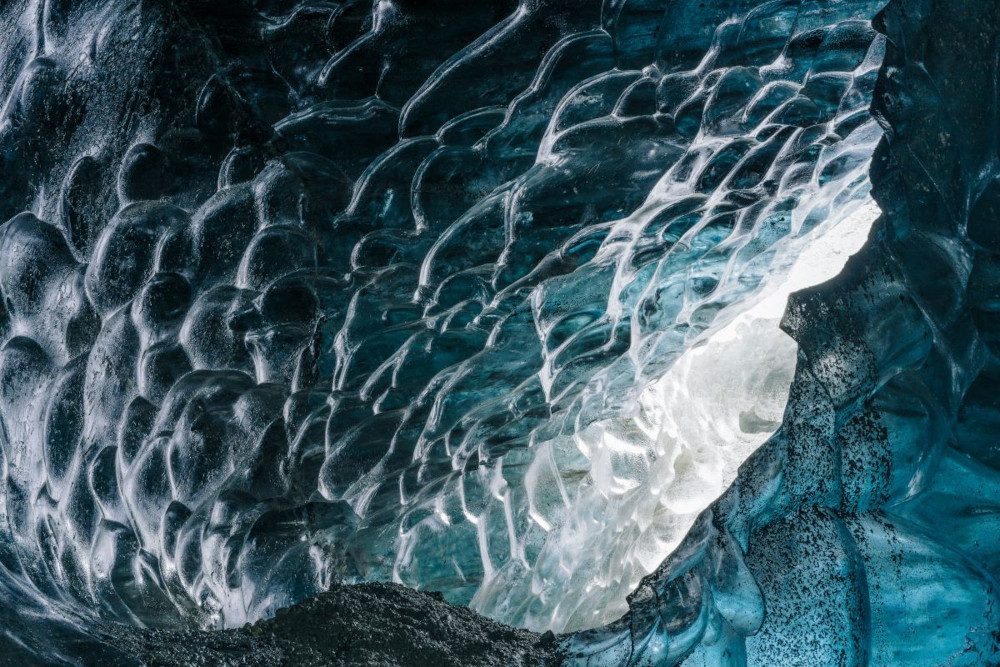
Vatnajokull Ice Cave – Adam Jang
Each of these activities will be memorable, and definitely something to add to your Icelandic bucket list. Why not get in touch with us at Fjallsárlón and make at least one of them a reality? Maybe book a small group tour. Even treat yourself and upgrade to a private experience for a sense of exclusivity and a touch of luxury. After tours you have the chance to stop for a quick meal or coffee at Frost restaurant. Then continuing your journey, refreshed.


